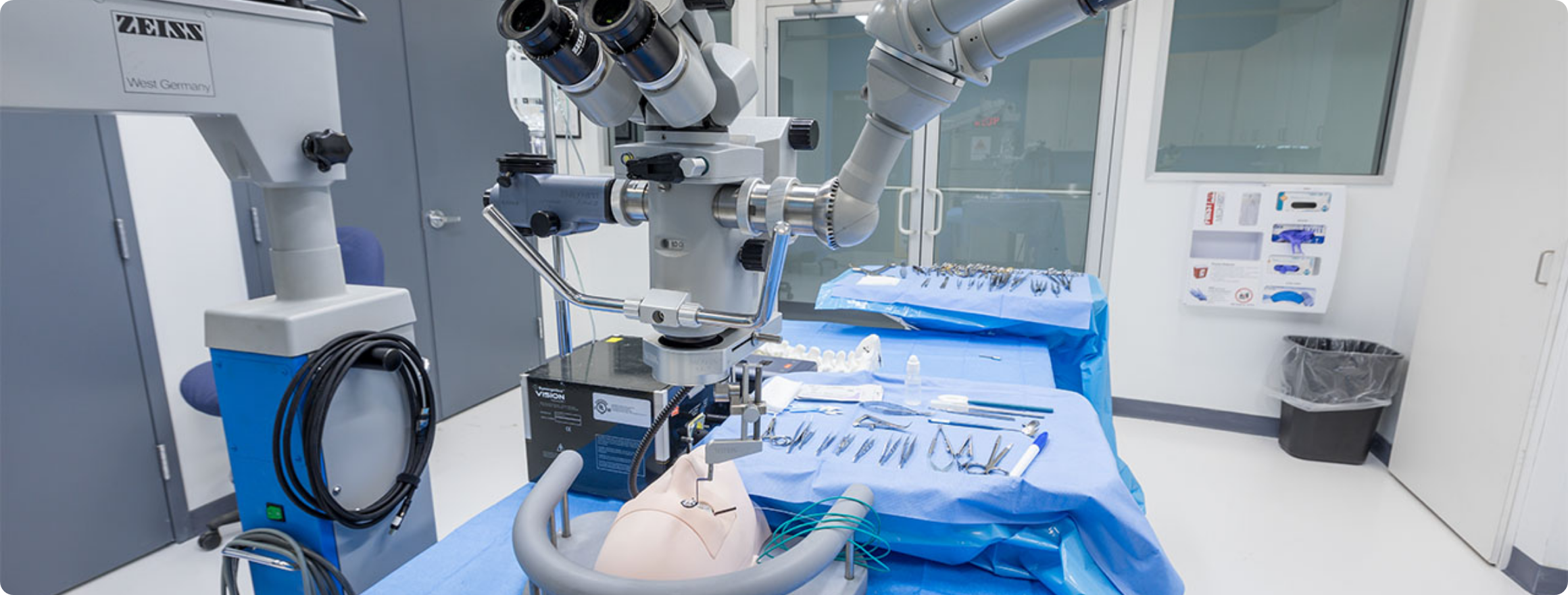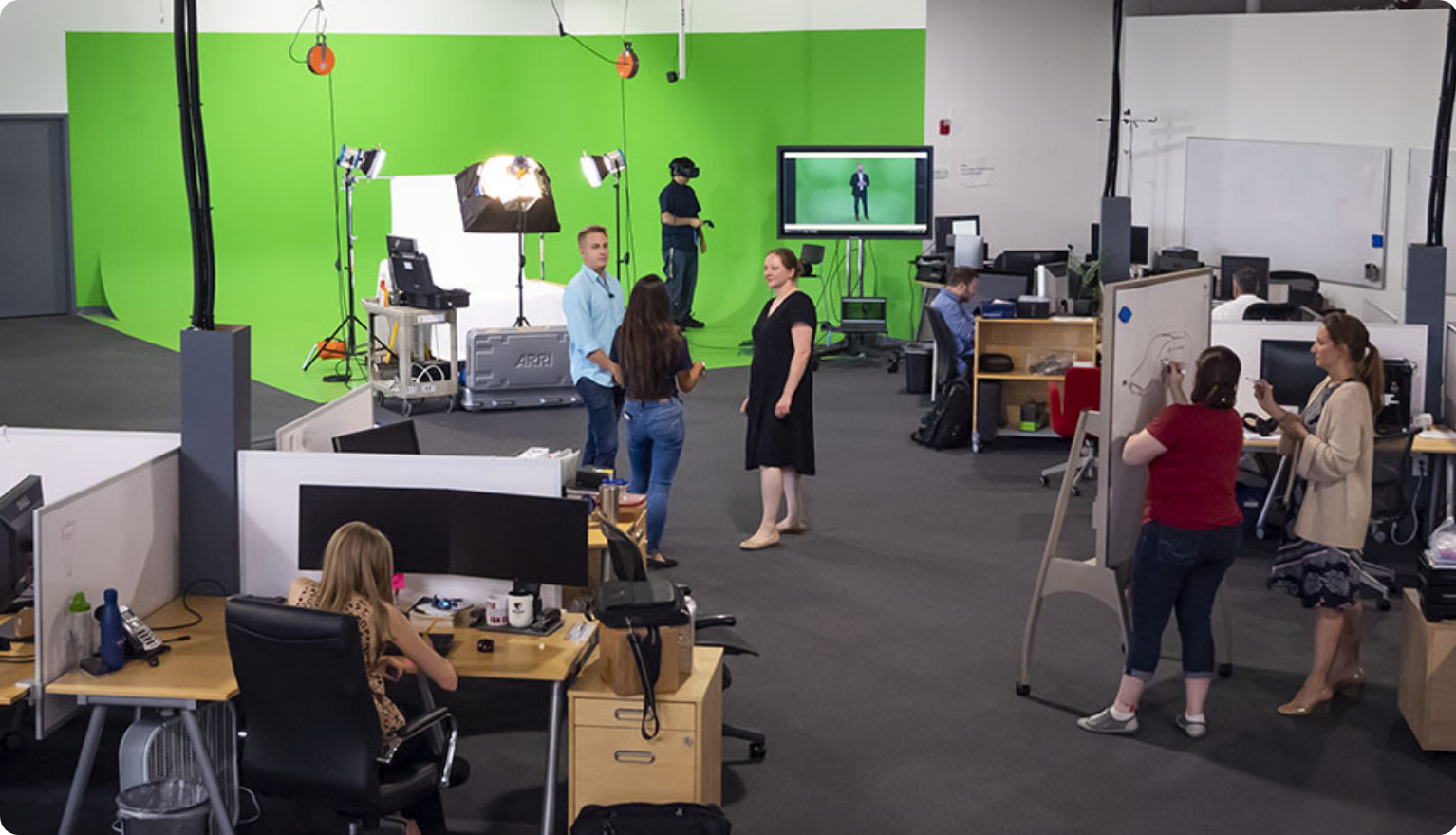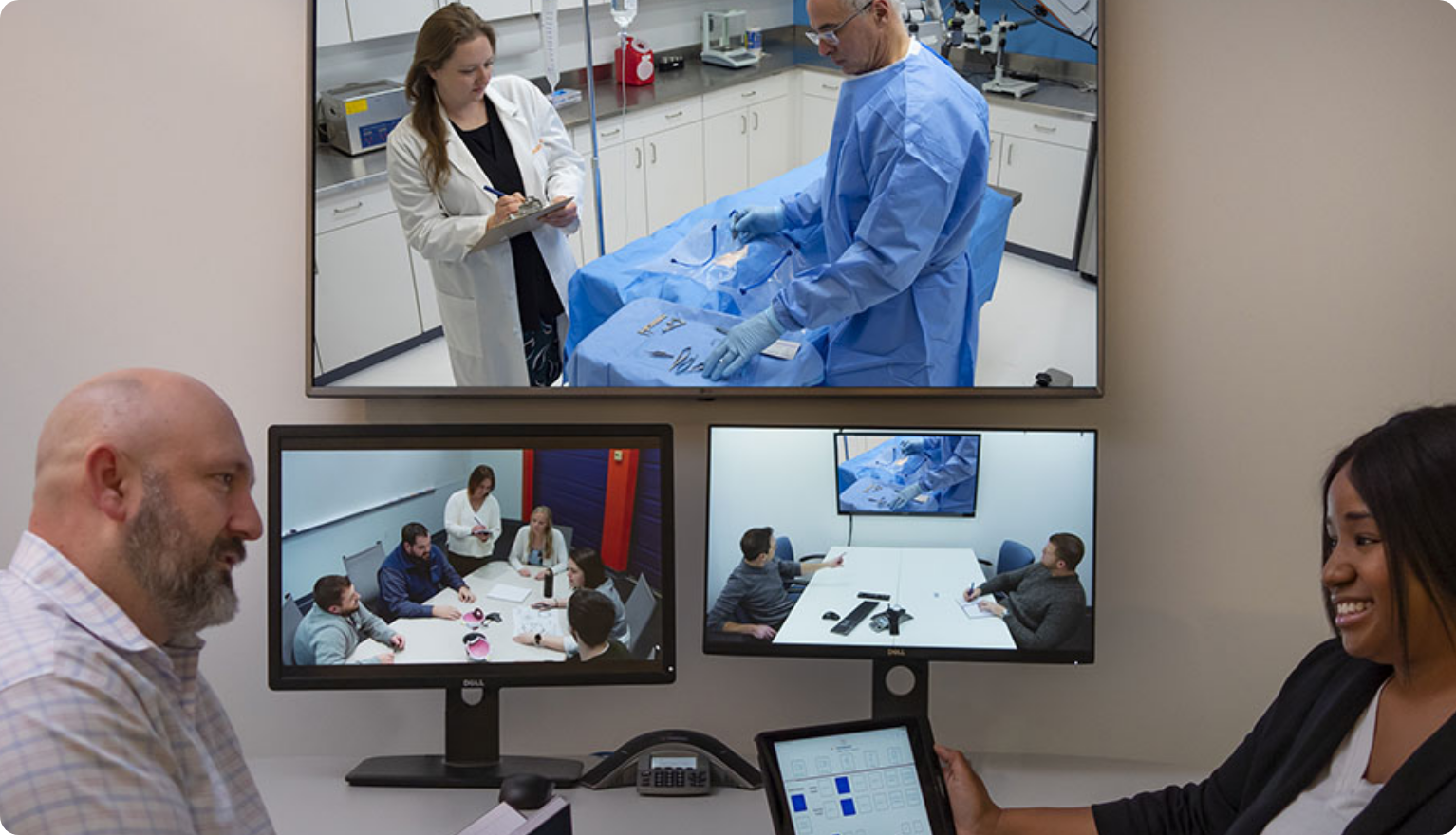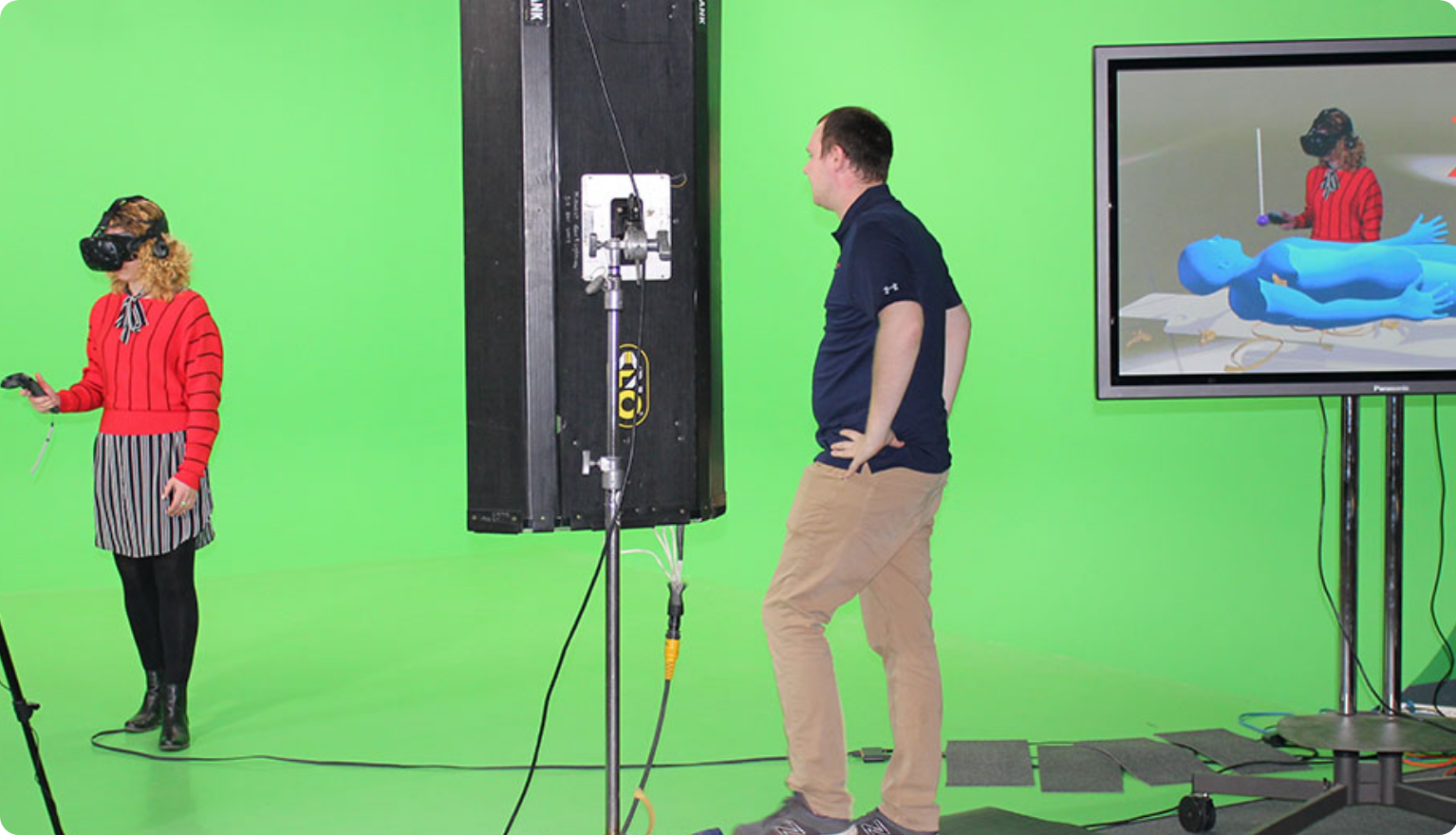
Even if you are just looking to outsource one particular service (such as human factors, industrial design, engineering, software development, etc.) for your project, working with a full-service product development firm for said service can provide immense benefits to your business and project. Here are a few key reasons why:
01 | Holistic Understanding of the User-Centered Design Process
Employees at an end-to-end product development firm have gained additional perspectives into the user-centered design process from team members in other functional areas. This often informs their own processes for product development, and enables them to keep key considerations from other departments in mind as they themselves iterate on your project. This is especially true when the firm is a small- to medium-sized business because there is more likely to be intermingling of employees, rather than siloed departments of functional service areas.

02 | Prioritization of Cross-Functional Collaboration
When a business chooses to work with a full-service product development firm, the individuals they are hiring for their project are integrated with people in different functional service areas on a day-to-day basis. Their colleagues and internal team members for other projects span different roles in the product development process. Because of this, they are used to working and collaborating with people who have different viewpoints than themselves. Working with people who understand different stakeholder values can make for a more pleasant overall experience and can produce better results for the user and client.

03 | Greater Efficiency for Clients
When clients approach a firm that is strictly a design firm, for instance, and later decide they require engineering support for their project, they need to then utilize an additional firm. This means more time and opportunity cost in exploring possible firms and finding a reliable partner, approving a new supplier, signing an MSA (master service agreement) or NDA (non-disclosure agreement), explaining the project to a new group and potentially connecting them with the other firm to move the project along. This time and hassle is greatly reduced when starting with a full-service product development firm from the beginning. While a new phase may need to be discussed and different team members may need to be brought up to speed, much of the work would ramp up far more quickly and efficiently with teammates from the same company you have already trusted to achieve your project objectives.

04 | Retention of Proprietary Information by Less Companies (Risk Reduction)
If a business decides to outsource a different service for their current project (similar to point #3) or outsource various services for other projects down the line, using a full-service product development firm allows them to disclose their proprietary project information to less companies and potentially less people – reducing risk.

Conclusion
These are just a few reasons why using a full-service product development firm can benefit your business and help you achieve greater results for your project. Kaleidoscope Innovation is one such end-to-end product development firm. For over 30 years clients have partnered with Kaleidoscope to improve the human experience. Offering both consultancy-style and onsite services, Kaleidoscope provides a full breadth of disciplines to meet their partners where needed, including: Insights & Human Factors, Medical Affairs, Industrial Design & User Experience Design, Engineering, Visualization and Software Development. To connect with our team, please fill out the form on our contact page or connect with a member of our team directly.
Back to Insights + News
